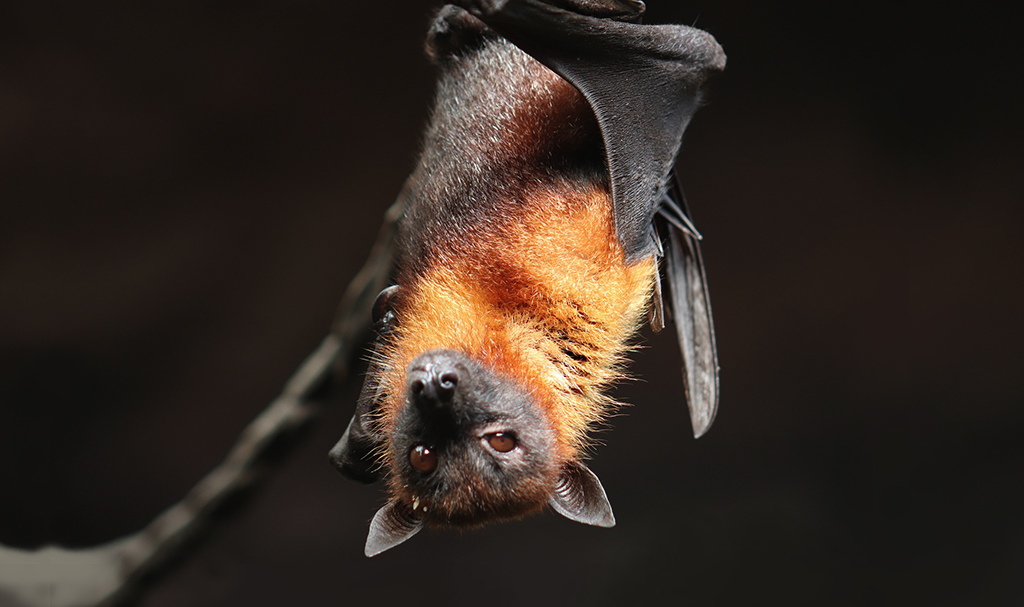[ad_1]

AsianScientist (Nov. 23, 2020) – The SARS-CoV-2 virus that causes COVID-19 is thought to have jumped from bats into humans via pangolins. Now, scientists from Singapore’s Duke-NUS Medical School have uncovered the molecular mechanisms that allow bats to carry such viruses without falling ill. Their findings were published in the Proceedings of the National Academy of Sciences.
Around 75 percent of emerging infectious diseases come from animals. The Zika virus, for instance, originated in monkeys, whereas the Ebola virus and now SARS-CoV-2 were first found in bats. All this begs the question: how can bats safely co-exist with these viruses?
In 2016, Professor Wang Linfa from Duke-NUS Medical School discovered that several bat species had lost a gene called AIM2. One of AIM2’s key roles is to activate caspase-1, an enzyme that triggers the production of the mature form of a key pro-inflammatory cytokine called IL-1β. In turn, IL-1β mobilizes the bat’s immune defenses against dangerous microbes.
In this study, Wang’s team re-introduced AIM2 into the kidney and immune cells of different bat species. AIM2’s addition, however, failed to restore the activities of caspase-1, IL-1β or both, depending on the species—suggesting that bats possess multiple mechanisms to suppress inflammation.
In black fruit bats (Pteropus alecto), the team found that the faulty caspase-1 response was caused by genetic alterations that muted its activity. On the other hand, while bats from the Myotis genus had functional caspase-1 enzymes, the process of releasing functional IL-1β was impaired. Meanwhile, another species, the cave nectar bat (Eonycteris spelaea) had mutations in both caspase-1 and IL-1β, resulting in diminished function.
According to the authors, their findings reveal that bats may have independently evolved different strategies to dampen their immune responses to viruses. While it may seem counterproductive, this mechanism allows bats to harbor and transmit deadly viruses without setting off the immune system’s alarm bells. After all, in humans, many lethal cases of COVID-19 have been associated with an overactive immune response.
“Suppression of overactive inflammatory responses improves longevity and prevents age-related decline in humans,” said Wang. “Our findings may offer potential insights to the development of new therapeutic strategies that can control and treat human infectious diseases.”
The article can be found at: Goh et al. (2020) Complementary Regulation of Caspase-1 and IL-1β Reveals Additional Mechanisms of Dampened Inflammation in Bats.
———
Source: Duke-NUS Medical School; Photo: Pixabay.
Disclaimer: This article does not necessarily reflect the views of AsianScientist or its staff.
[ad_2]
Source link